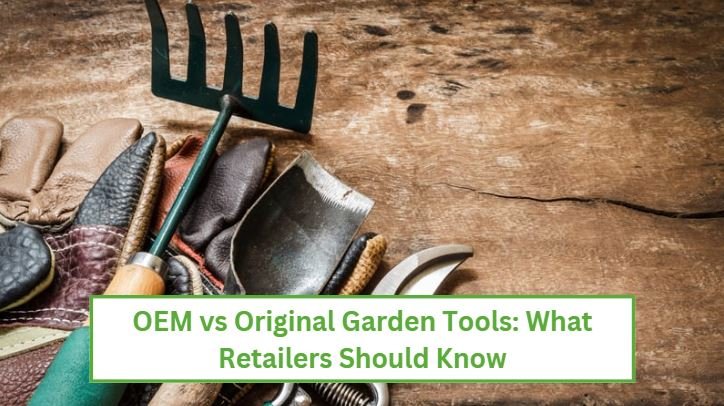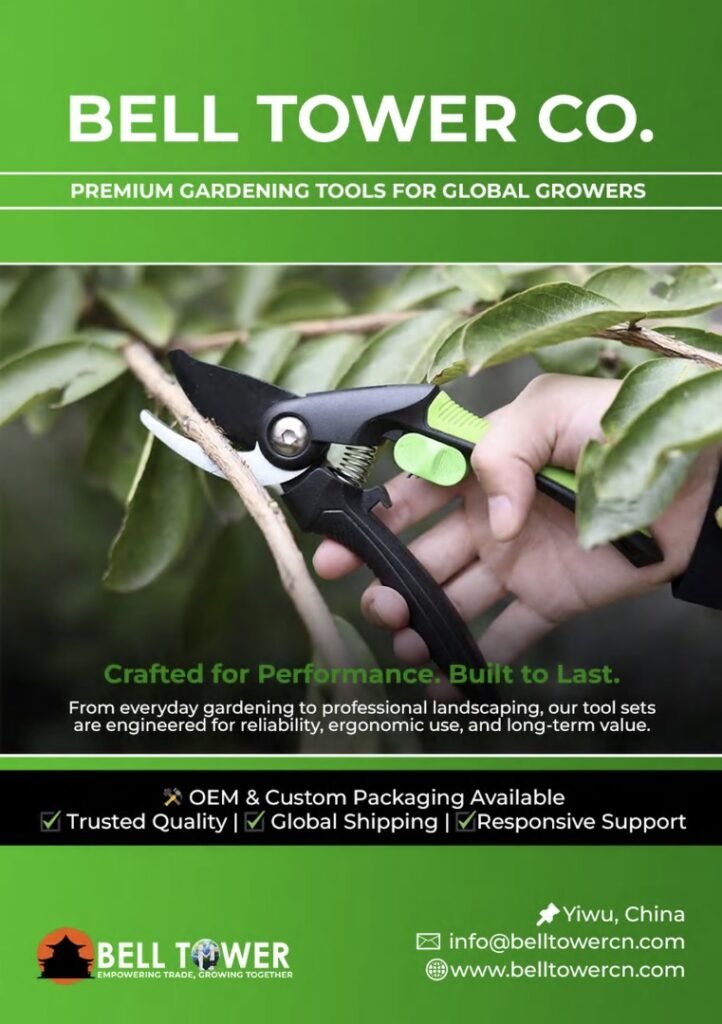If you have a garden, no matter its size, hedge shears should be a part of your gardening tool set.
They’re a handy handheld tool that can help you keep your garden tidy, healthy, and in top shape.
In this post, we’re diving into the top use cases of hedging shears, from shaping hedges to clearing weeds.
By the end, you’ll know why this scissor-shaped gardening tool should be in your arsenal.
Let’s begin with the basics: understanding the tool.
Understanding Hedge Shears
Hedge shears have two long handles and blades. They look and work like kitchen scissors, but their applications include trimming, shaping, and maintaining plants.
Hedge shears are usually used on shrubs and hedges, but there is a lot of other stuff you can use them for.
Let’s quickly draw a comparison between hedge shears and pruning shears. Pruning shears tend to be shorter, so you can hold and use them with one hand.
Hedge shears tend to have longer handles and blades, as a result, they’re more suitable for shaping and cutting back large areas evenly and quickly. Pruning shears are ideal for pruning thick branches, whereas hedge shears are better suited for soft to medium stems.
Hedge Shears Uses for Gardeners
Let’s dig into the many uses of hedge shears for gardeners.
Shaping and Maintaining Hedges
This is the most common use of pruning hedges. You use them to clean your hedges and keep them in shape.
Hedges can be trimmed into curves, squares, and other shapes.
Pro tip: Trim during the growing season for the best results.
Pruning Shrubs and Bushes
You can also use hedge shears to prune back dead or overgrown parts of bushes. What this does is allow sunlight to reach inner branches and promote healthier growth.
Discover time-saving equipment, maintenance tips, and how to choose tools that match your specific gardening style in this free eBook.
Creating Topiary Art
With some creativity, effort, and the right tool, you can convert a shrub into a piece of art. Topiary refers to shaping plants with a tool like hedge shears into decorative forms, such as balls and spirals.
Cutting Back Perennials
Another use of hedge shears is cutting back perennials when they bloom.
This prepares flowers for the next season and strengthens the roots. For instance, gardeners trim lavender at the end of their season.
Harvesting Herbs and Edible Greens
Believe it or not, hedge shears can be pretty useful in the veggie garden as well. For instance, you can use them to snip branches of:
- Parsley
- Basil
- Lettuce
- And more
However, while using hedge shears, make sure the cuts are clean (To avoid bruising delicate herbs).
Deadheading Flowers
Deadheading is when you encourage new blooms by removing faded flowers from your garden. The process encourages your flowers to focus on producing more flowers instead of making seeds.
Hedge shears can be pretty handy for deadheading, especially if you’ve got a bed full of flowers. Manually pinching them off will take more time and effort.
Trimming Ornamental Grasses
Ornamental grasses add beauty and grace to your garden, but if left untreated, they can look pretty messy and unpleasant.
You can use hedge shears to trim them back in early spring before new growth. Before cutting, you may want to tie the grass with twine (To make cleanup easier).
Edging Lawns
Want clean, crisp edges between your flower beds and lawn? Don’t have a power tool to do the job for you?
A pair of hedging shears can be a handy tool for manual edging.
Tip: For better precision, hold the hedge shears vertically and trim small sections at a time.
Harvesting Certain Crops
If you have vegetables in your garden, you’d know that it’s tricky to pick some vegetables by hand. They either have thick stems or grow in clusters.
To prevent damaging the plant and keep your harvest looking fresh, use a pair of hedge shears. They can help make clean, even cuts without damaging the plant.
Shaping Ground Covers
Ground covers are low-growing plants that can quickly grow into areas they aren’t supposed to – like flower beds.
With a gardening tool like hedge shears, you can prevent them from taking over other areas of your garden. Plus, it keeps them tidy and encourages thicker growth.
Clearing Weeds
Are you tackling soft-stemmed weeds in tight areas where a mower can’t reach, such as along fences and around tree bases?
Using hedge shears can save you time and effort. You can cut back growing weeds safely without pulling them one by one with the tool.
Best Practices for Using Hedge Shears
To get the most out of hedge shears, here are some best practices to follow:
- Clean your blades after every use. Sap build-up can make them dull over time
- For clean cuts, sharpen the blades regularly
- Don’t use shears to cut branches thicker than ½ inch. Use pruners for them
Frequently Asked Questions
Let’s briefly talk about some frequently asked questions related to hedge shears and their uses.
What is a Hedge Shear Used For?
Hedge shears are mainly used for shaping bushes, hedges, and perennials. But, as you’ve seen in the post, you can use them for much more.
How Thick Can Hedge Shears Cut?
Hedge shears can typically handle stems as thick as ½ inch. Anything thicker can damage their blades.
Can I Use Hedge Shears to Cut Branches?
Hedge shears are only suitable for lighter, leafy growth. For branches, use a lopper or a bypass pruner.
Why Do Hedge Shears Have a Wavy Blade?
Wavy blades help grip the branches easily and prevent slips. They are especially useful on slippery stems.
Conclusion
Hedge shears may look simple, but they’re one of the hardest-working tools in a gardener’s arsenal. The tool has long handles and blades, allowing you to easily use it with both hands.
You can use hedge shears for a variety of gardening tasks, including harvesting herbs, shaping hedges, and tidying up flower beds.
If you want them to keep helping you with these gardening tasks for a long time, use them wisely and keep them clean and sharp.
Related: A Guide on Disinfecting Garden Tools




